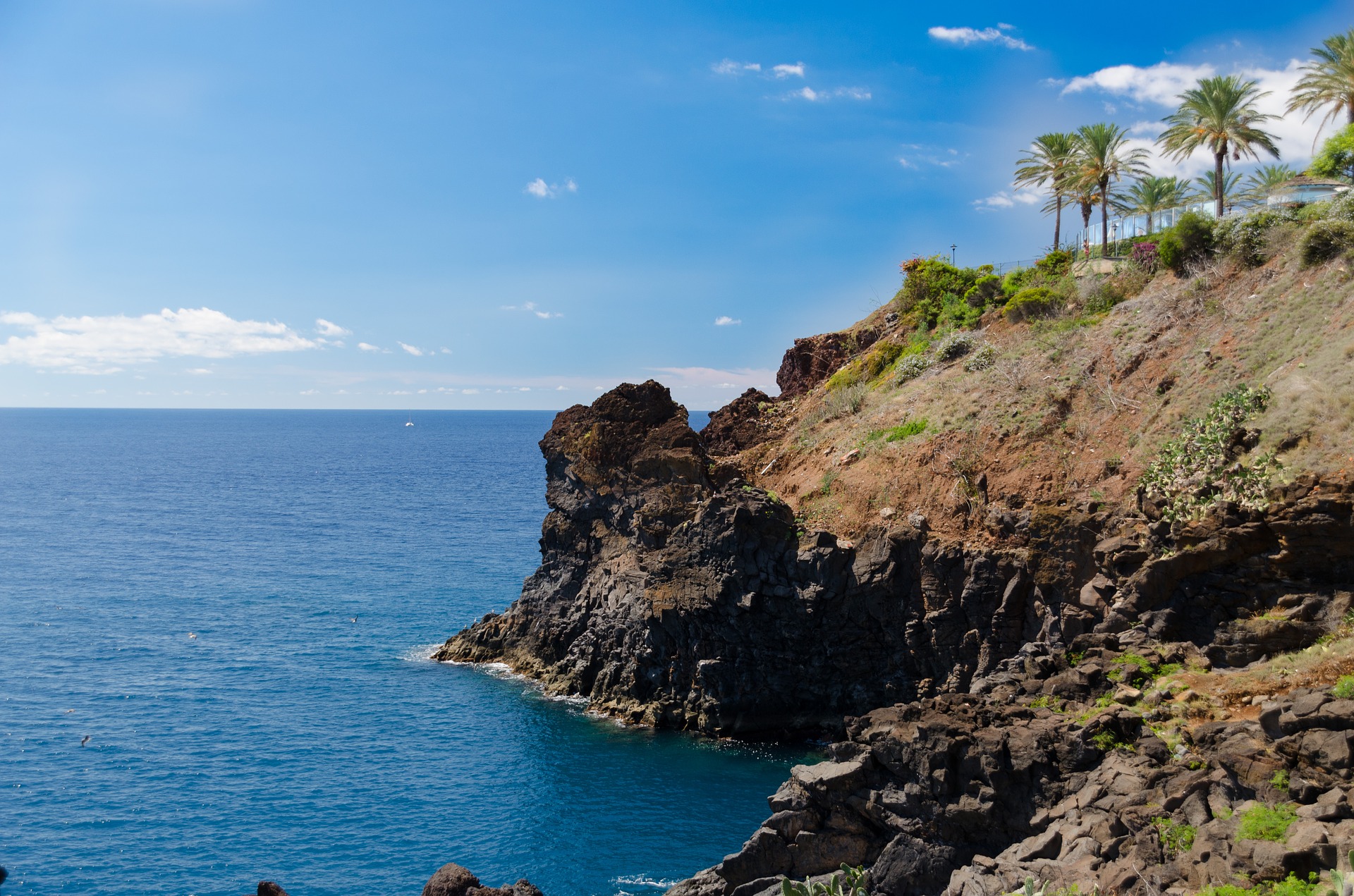The archipelago is just under 400 kilometres (250 mi) north of Tenerife, Canary Islands. Since 1976, the archipelago has been one of the two Autonomous regions of Portugal, It includes the islands of Madeira, Porto Santo, and the Desertas, administered together with the separate archipelago of the Savage Islands. Madeira was claimed by Portuguese sailors in the service of Prince Henry the Navigator in 1419 and settled after 1420. The archipelago is considered to be the first territorial discovery of the exploratory period of the Portuguese Age of Discovery, which extended between the 15th and the 16th Century.
The region is noted for its unique wine, gastronomy, historical and cultural value, its flora and fauna, landscapes, which are classified as a UNESCO World Heritage Site and embroidery artisans.
Its privileged geographical position and mountainous terrain give the island of Madeira an astonishing climatic amenity, with very mild average temperatures ranging from 25 ° C in summer to 17 ° C in winter, together with moderate humidity. Due to the influence of the warm current of the Gulf of Mexico, the sea water is also very temperate, presenting averages in summer of 22 ° C and 18 ° C in winter.
The “levadas”, an ingenious system of stone- and concrete-lined watercourses distributing water from the rainy north to the dry south, help flowers and crops flourish all year. That’s why this island is called the Garden in the Atlantic. The maintenance pathways for these water canals provide wonderful level trails for hiking in the mountains (up to 1861m) and through the tremendous landscape.
There are unique sensorial experiences that this island has to offer. From the capital, Funchal, to the biggest lookout point in Europe – Skywalk, you can find nooks full of history and memorable natural landscapes.
Embark on an interactive tour of Madeira’s past in the Story Center or simply wander the streets of the capital, discovering its charming historic areas and picturesque squares. Be sure to visit the many 15th century churches and convents, the small basalt cave of the Chapel of St. Vincent or the beautiful interior of the Cathedral. The abundance of protected reserved areas are also a true wonder for nature lovers. The numerous trails that cross laurissilva’s endemic forests will delight hikers with their sweeping views of the mountains, while divers can explore the sparkling waters of the “Garajau Nature Reserve”. The various parks and gardens are fascinating subtropical plants and a spectacular color feast that culminates in the annual Spring Flower Festival.
One of the pleasures of an island holiday is that the sea is never far away! Spend your days exploring the coastal area, lined with majestic cliffs, pebble beaches and natural rock pools that attest to the volcanic origins of the island.
Blessed with perfect weather, Madeira will tempt visitors to return again and again!





